Image Credit: Schüco International KG
[Editor’s note: Roger and Lynn Normand are building a [no-glossary]Passivhaus[/no-glossary] in Maine. This is the fifth article in a series that will follow their project from planning through construction.]
When we first began looking at windows for our Passivhaus project, we started with a list of 15 window manufacturers. We whittled the list down to two: Schüco, which on paper looked like the best European-style window, and Pella, the best North American style window.
Our architect, Chris Briley, has further refined the south facade of our house to add more glazing and reduce the roof overhang. Both actions were meant to enhance the net solar heat gain of the house and hopefully get us into compliance with the Passivhaus standard.
Image 2 (below) shows what the revised south facade now looks like. The windows are now wider and taller, and the number of venting units is reduced.
After visiting both Schüco and Pella showrooms and doing further research, we have decided … to look at other options.
The Schüco windows have great performance specs
Marc Rosenbaum, our Passivhaus energy consultant, ran the PHPP software and concluded that we met the Passivhaus standard with the Schüco windows without further modifications to the building envelope. His analysis showed that the Schüco windows yielded a total annual heat load of 4,350 BTU/square foot, comfortably below the Passivhaus standard of 4,760 BTU/square foot. (A lower annual heat load is better.)
But after looking closely at the Schüco windows and reflecting on them, we have decided not to use them. There was no single objection, but rather an accumulation of concerns, mostly subjective, that left us feeling uncomfortable. For example, a week after our meeting, we still have not received additional promised information, including a copy of the warranty.
The Schüco website only lists commercial windows and makes no mention of residential windows, nor does it provide any links to U.S. distributors. We were told that Schüco divested its residential window business some five years ago, so it was unclear who (Schüco or the Massachusetts distributor) would honor any product delivery concerns or future warranty issues.
There was not a solid heft when we tried opening and closing the heavy triple-pane windows. Perhaps that is due to Schüco using a thin aluminum reinforcement within the sash and frame rather than heavier gauge shaped steel we have seen in a competitive PVC window manufacturer.
Pella windows are nicer, but they don’t perform very well
We found the Pella windows to be superior to Schüco in all aspects except for performance. Since the Pella specs were not as good as those from Schüco, we knew it would cost us more money to upgrade other portions of the building envelope if we were to select Pella.
We were surprised and dismayed to learn the results from Marc – using the Pella windows in our design yielded a total annual heat load of 7,960 BTU/square foot – well above the Passivhaus standard. The difference is mostly due to Pella’s poorer glazing. The overall R-value of the Pella window is R-4 – only half that of the Schüco.
Regrettably, Pella’s top triple-pane krypton-filled window is inadequate for use in our Passivhaus! The incremental cost of enhancing the building envelope to make up for the low performance of the Pella window approaches that of the cost of the windows themselves.
So we will look at two other alternatives. Stay tuned!
The first article in this series was Kicking the Tires on a Passivhaus Project. Roger Normand’s construction blog is called EdgewaterHaus.
Weekly Newsletter
Get building science and energy efficiency advice, plus special offers, in your inbox.

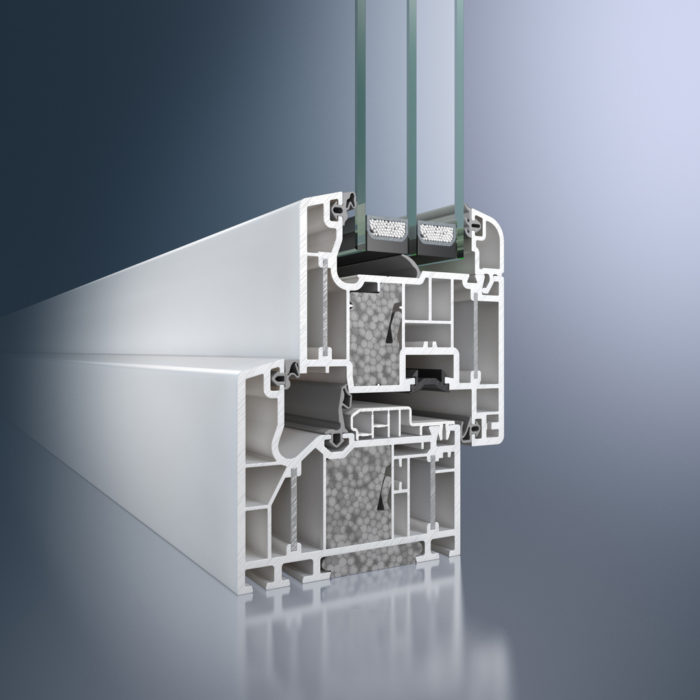




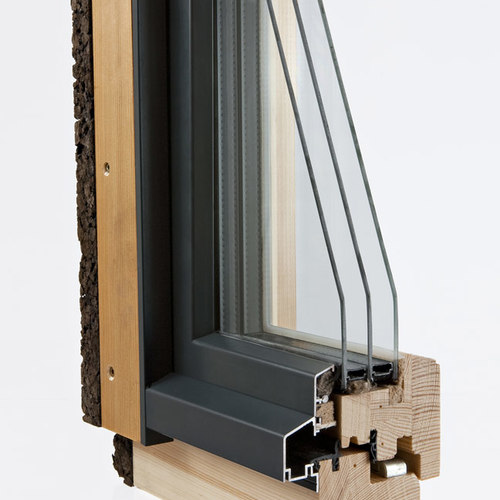
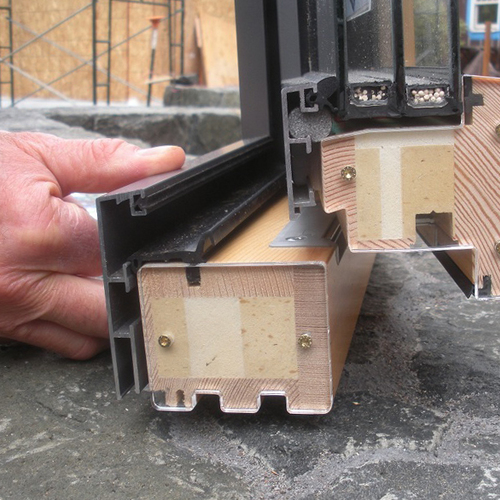
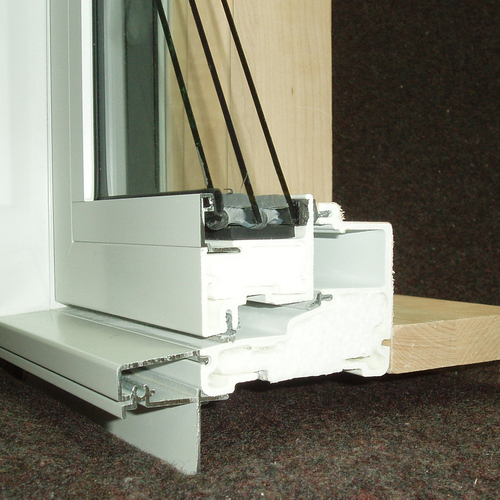
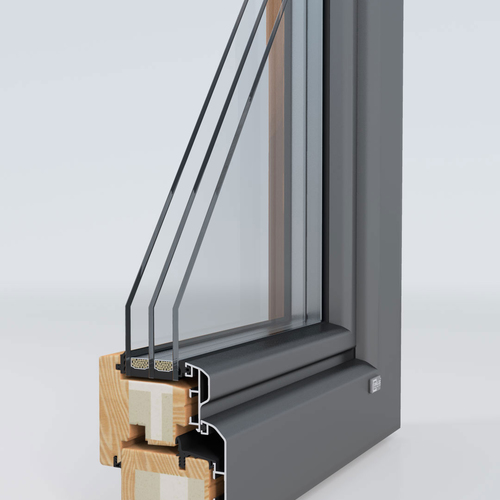






7 Comments
Pella?
I am very curious how Pella was one that was narrowed down from all of them that are out there including Canadian fiberglass windows. I assume you were looking at the vinyl 350 series?
If you are wanting vinyl, why not look at Intus? They have a good, cost effective window that meets PH (they claim).
Who are the other 13 manufacturers of PH approved windows?
You mentioned that you had a list of 15. My internet search came up with about 5 or 6. It would be nice to see your list......
there are a number cert'd
there are a number cert'd through the PHI
http://www.passiv.de/en/03_certification/01_Certification_components/01_component_database.htm
batimet
bieber
bruckner
drewexim
passzivablak
inoutic
internorm
makrowin
optiwin
pazen
rehau
scandia
schueco
sigg
variotec
non cert'd but still utilized (for now...)
serious
cascadia
walch fenster (AT)
unilux
zola
energate
even south korea has a cert'd PH window, and they've been incorporated less time than PHIUS. add in the PHI assists companies through the component certification process - i'm pretty shocked that there isn't a US/CAN window that's been certified yet.
Response to Steve Young
Steve,
My article on the topic (which is already a few years out of date) lists 11 brands of Passivhaus-certified windows that are distributed in the U.S. and Canada. Here is a link to the article: Passivhaus Windows.
Workshop for US Windows to become PH Certified
Roger,
Bummer you've had such a hard time with selecting windows for your PH. It's such a common story that I decided to do something about it, since there is no good reason that the US cannot make a PH-compliant window. This November I'll be flying the certifier from the Passive House Institute out to the US to conduct a special workshop. The date is set for November 16th, here in San Francisco, and will be generously hosted by the Pacific Energy Center. I've set it up for the day following Greenbuild, so hopefully many US window manufacturers will already be in SF.
Dr. Benjamin Krick and I will spend the day reviewing both the performance and submittal requirements for US manufacturers to have their windows certified by the PHI and included in the PHPP. The process and protocols are a little different from the NFRC process, but not complicated and actually a lot more affordable. We'll be inviting local NFRC-qualified simulators too and have devised a special process whereby they will be doing most of the performance analysis prior to certification. This will help by keeping the work local and by utilizing our existing knowledge base, something the PHI has been trying to facilitate for some time.
If you know a US window manufacturer who is interested in attending, have them email me at: passivehousebb 'at' gmail.com. I'm not quite ready with all the workshop details, but will add them to a list to ensure they receive the info when it is finalized. The goal is to have a selection of US-made PH certified windows by next year. I'm sorry that won't be soon enough for your project, but hopefully it will help others. Good luck with the rest of your window selection.
Bronwyn Barry
Windows
Also wondering about where Intus came in your search. On not so close review, we have been moving toward purchasing Intus uPVC eForte line as the most cost effective with the best regional track record for our near passive house in NH. Their wood framed windows, though considerably more expensive also look wonderful.
The First Fifteen
To respond to the above comments, I was at that time a neophyte on window requirements for a passive house. I had researched the +/- of various frame materials, knew we needed triple pane, with good U and SHGC values. We were leaning towards traditional North American style casements, not sure we'd like Euro style tilt/turn as we had never seen any, and wasn't keen on upvc. It was hard to find info and distributors on PHI certified windows on the web. And most importantly, we were clueless on the importance of 3 decimal place accuracy on window metrics.....e.g., the Pella had an SHGC of .558, which seemed close to the 0.6 of many euro windows. How important can 0.042 be? Turns out, it's a very big deal across an expanse of south facing glazing in the PHPP.
So I sheepishly offer the initial list that the architect and I put together:
- Thermotech
- Intus
- Inline
- Serious
- Energate
- Schuco
- Markowin
- Optiwin
- Linwood
- Pella "proline"
- Unilux
- Kolbe-Kolbe
- Paradigm
- Marvin
- Andersen (had announced a forthcoming triple pane window)
Our window journey would have been MUCH better had we the wisdom to ONLY consider wood core/clad PHI certified windows from a distributor who was conversant on PH metrics.
Log in or create an account to post a comment.
Sign up Log in